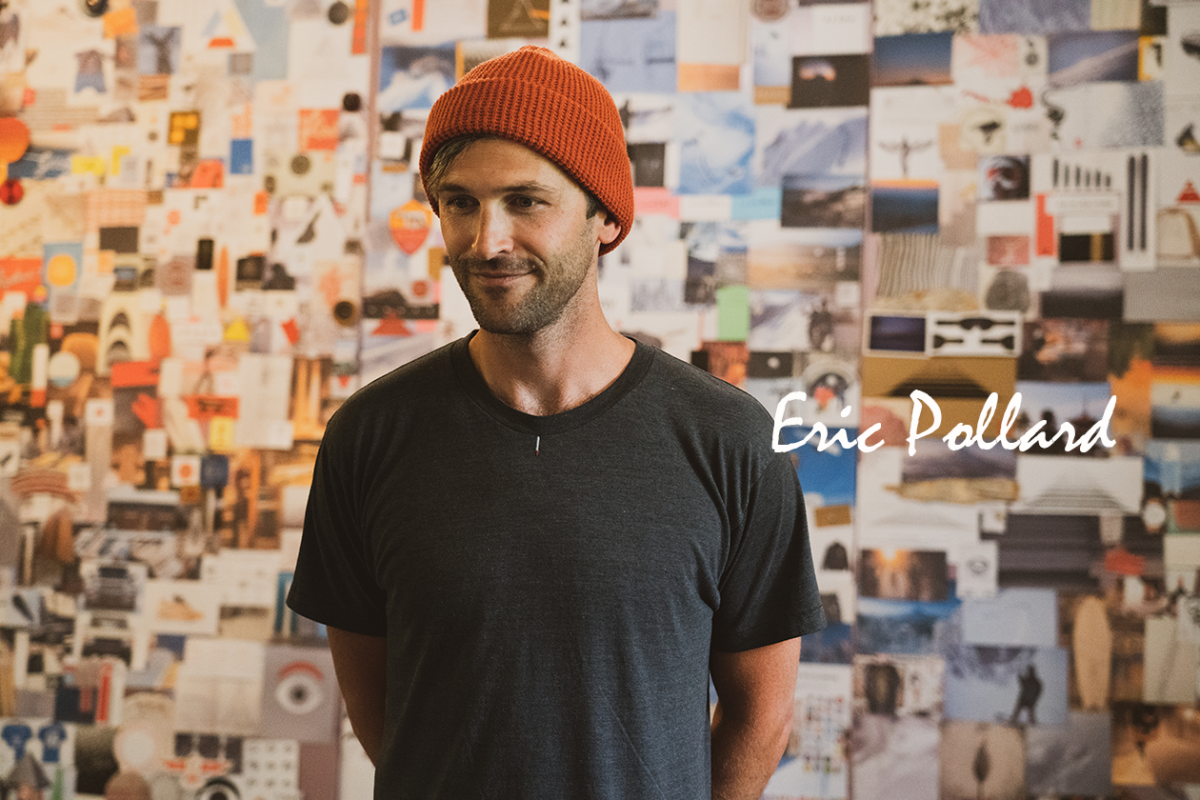Eric Pollard produced Season.
Season.
Eric Pollard —Slide like snowboarding on twin-tip skis without poles, and make fakie to fakie “zero spin” with a cool face on the stage of the world's biggest big air competition. Its riding style was said to be simpler and more beautiful than anyone else. For more than 20 years, Eric has fascinated the free ski scene with his skiing, film art, and challenges the possibilities of expression in snow sports. "Season Eqpt." is a life project that Eric started from scratch after throwing away his reputation as a LINE rider for 18 years. Why? (Why) and How (how) approached.
The beginning of Eric Pollard
―“Season.”, produced by Eric, is the most talked about 2021-22 season in Japan.
Eric: Yeah, it's cool! What's really interesting is that there isn't much good news in the snow industry, probably because a lot of brands are trying to survive Covid. There are many stories like that because of this situation, new products will stop being released, or that cleaning up last season's inventory is a priority. Maybe that's part of the reason why our new company and brand Season. Everyone in the industry wants something bright to talk about, right? (smile)
―That may be true, but isn't it because of Eric Pollard above all else? Season.
Eric : (laughs) I'd be happy to hear that. I feel very lucky. In this snow community, there are friends and users who appreciate what I've done and trust me and follow me. I've always tried to be sincere with the community, but I'm hoping that there will be people who will walk with me like "I know Eric very well, because I believe in him", whether it's my creativity, videos or skiing. I feel really happy.
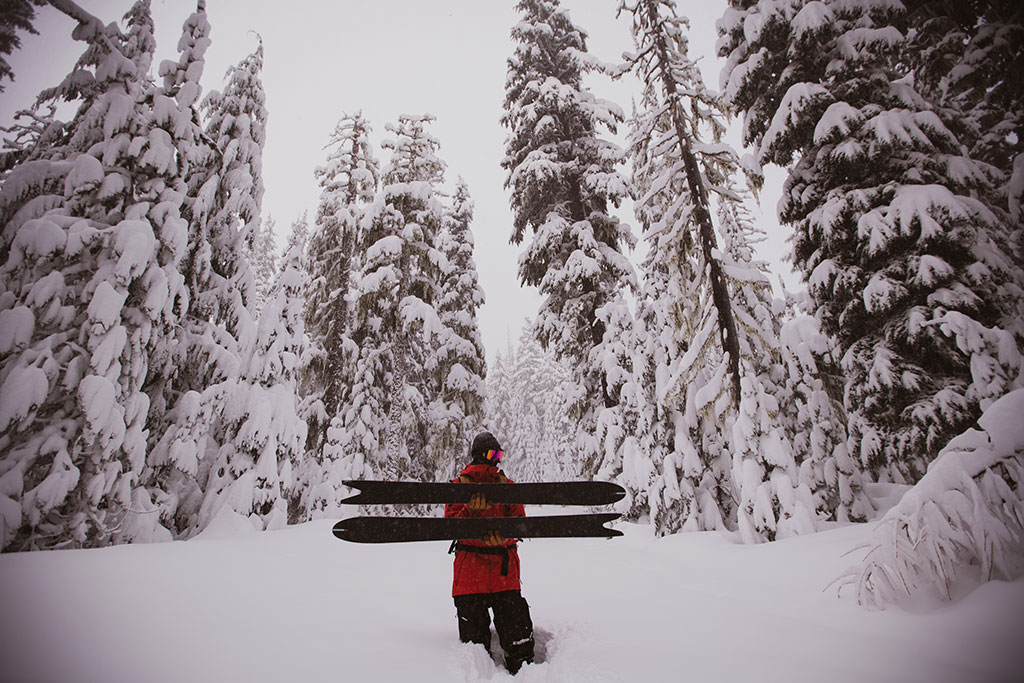
―Let me hear a lot about Season. later. First, Eric's brief self-introduction to STEEP readers.
Eric: Okay. I'm from Oregon, USA and Mt.Hood is my local mountain. He has been skiing since he was two years old and started alpine racing as a child. He's pretty fast, so he started ski-tripping with his parents to race. At the same time, he started skating on fakies, jibbing, and skiing what he does on a snowboard. I've been snowboarding since I was about 12 years old.
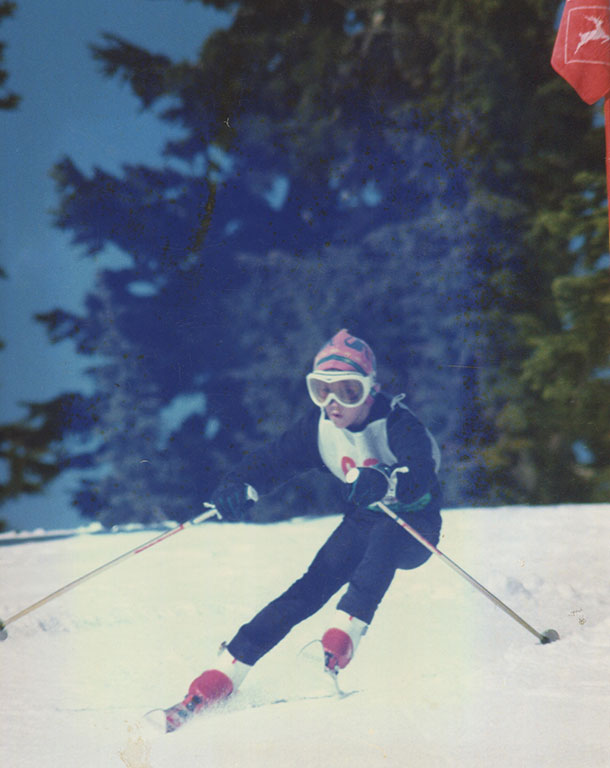
And then I met Jason Levinthal, the creator of LINE. Jason was at Mt. Hood in the summer and he happened to see me skating and said. He said, "Hey, that's pretty good. Take a video of your skating and send it to me." So, I was so surprised that I stiffened up and said, “Oh, okay.” [Laughs] Because I'm really still a kid, I'm 14. I never thought I would be called out like that.
But I was always making videos, so I was overjoyed to put the clips together and send a demo tape to Jason. Then he said, "You're pretty good! We're going to give you some stuff!" Since then, he started riding LINE SKI and became a LINE team rider.
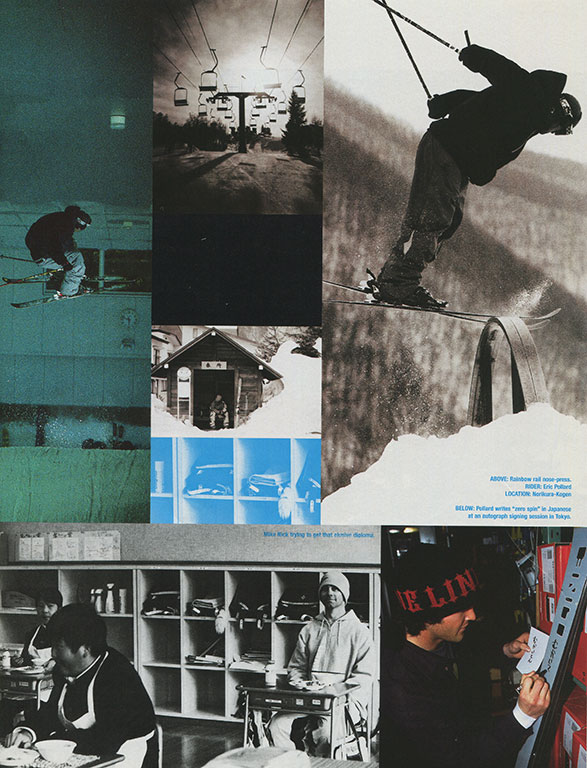
―We met when Eric first came to Japan with Jason for a LINE shoot. Eric was only 15 years old (laughs). He was shy and didn't talk much, and it left an impression on me.
Eric: (laughs) I remember, I remember. At that time, free skiing, the so-called new school movement, was making a worldwide break, and I was instantly in the middle of the scene. Compete in Winter X-Games and US Freeski Open competitions, and participate in major ski movie shoots.
―Eric's fluid riding was very unique back then. Every time Eric flew in the air, there was a shout of “Stylee!” (How stylish!).
Eric: Nostalgic. I also pulled out some old photos. At that time, it was a time when people were respecting both the 1260 and other technical spins, or the flowing, stylish air that made you feel as if time had stopped for a moment in the air. The session at Mt.Hood in June was hot.
-This photo! I was also spinning the video from the other side of the air stand! (smile)
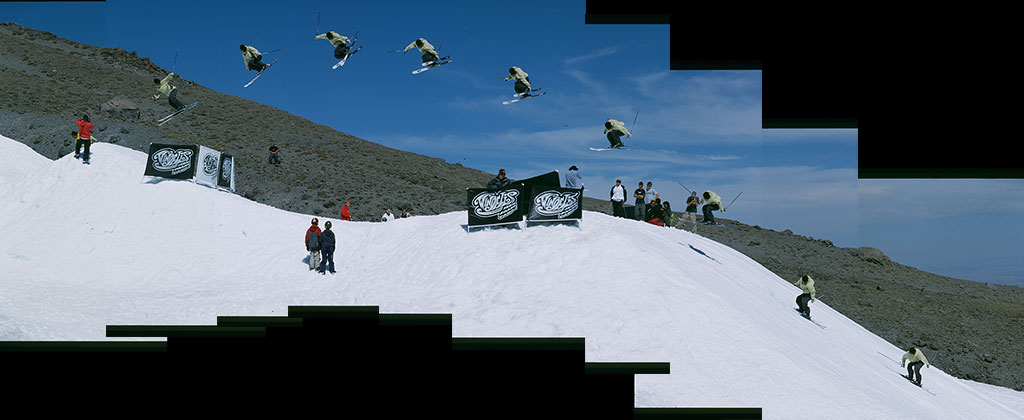
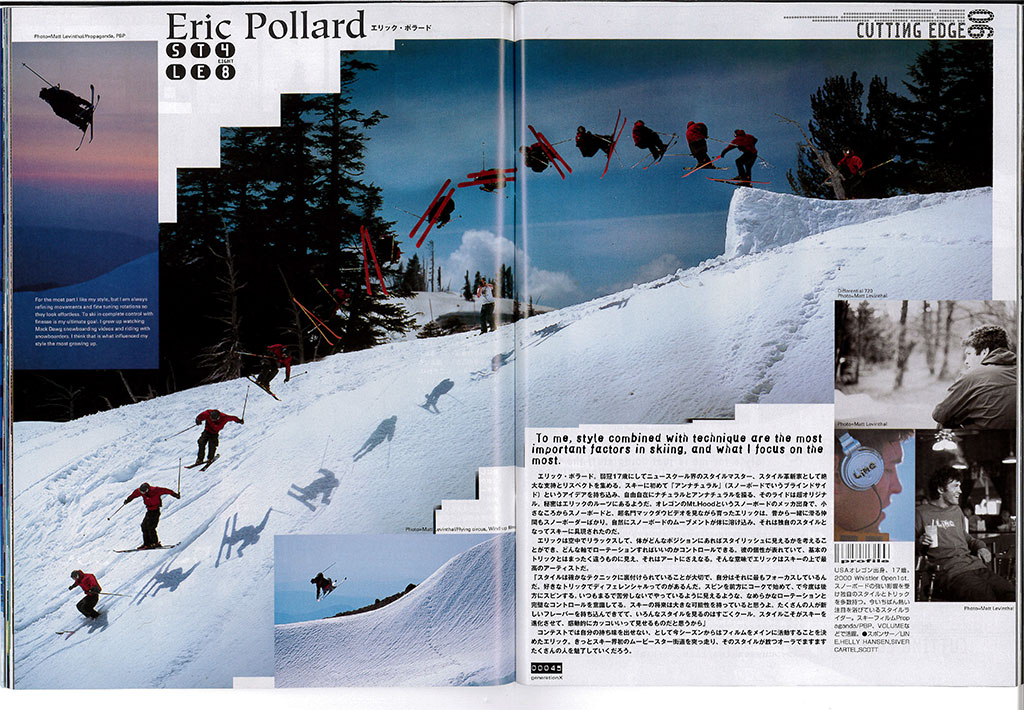
Different shapes and graphics
Eric: In the meantime, a few years passed, and I started participating in the design of LINE skis. By the time he was 18, he was so fascinated by designing new ski geometries that he got into design.
I wanted to change my skis.
I really wanted to create a new ski that had never existed before. The shape and the graphics are all different.
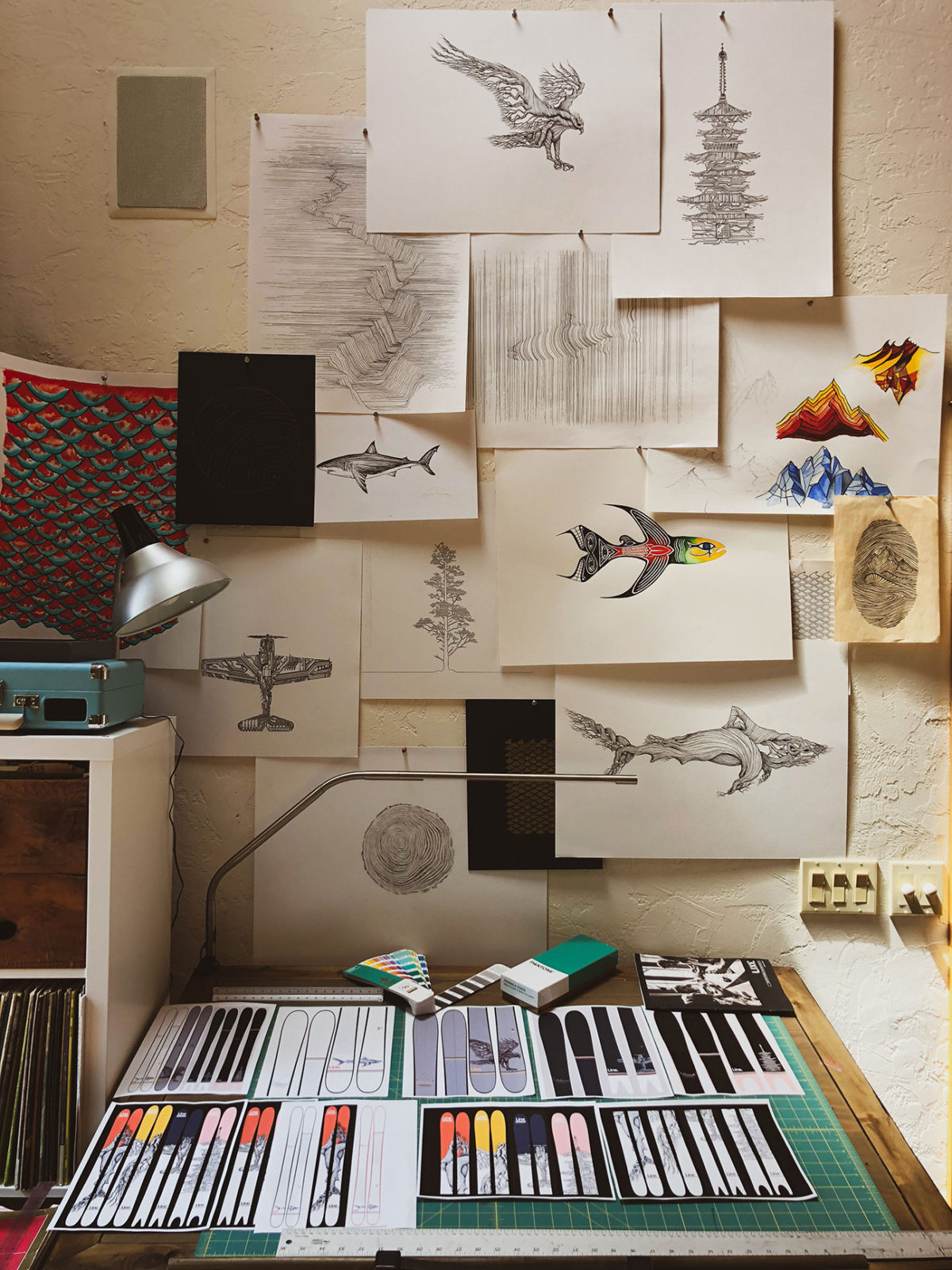
So I've been involved in ski design and graphics for a very long time, analyzing and researching many aspects of ski design, such as ski geometry, flex and shape.
I found my own unique recipe from the experience I accumulated in that trial and error.
It's like a set of specs that allow you to ride differently.
So for about 20 years, I've been trying to spread what I can call my view of skiing. This is the concept and movement of "maneuver" that I brought to skiing, skis that can draw maneuvers that I designed, movements that I created, films that capture such skiing, graphics of products I designed. I think it's showing up.
In the meantime, I began to pursue the depth of each individual, and in filmmaking, I started not only shooting by myself with the camera, but also editing, sound, artwork, and marketing. rice field. I became more and more devoted to graphic design, making graphics and commercials for all kinds of ski products, and spent more time thinking about graphics and immersing myself in creation in my home atelier.
Yes, I became deeper and more passionate in each role.
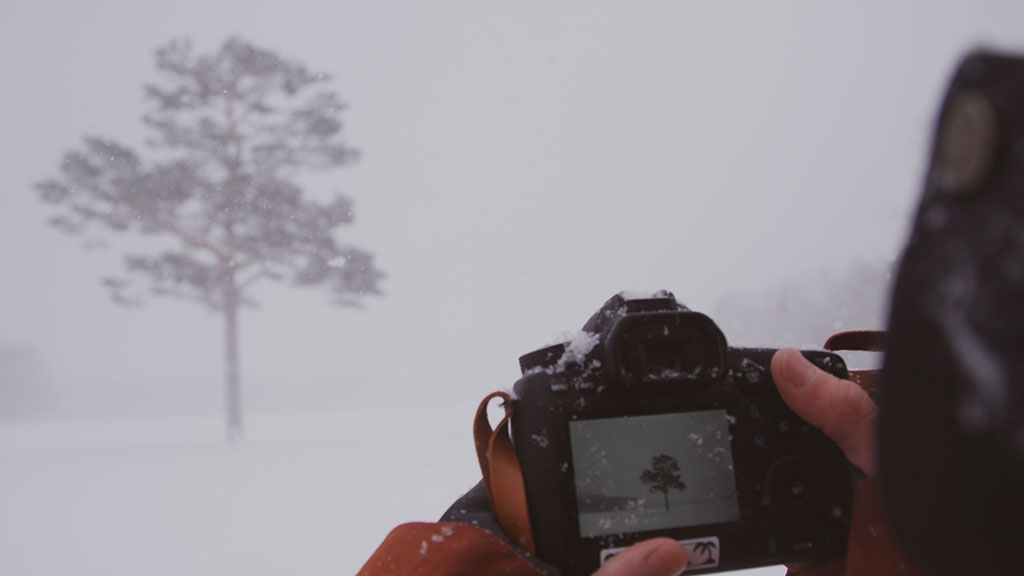
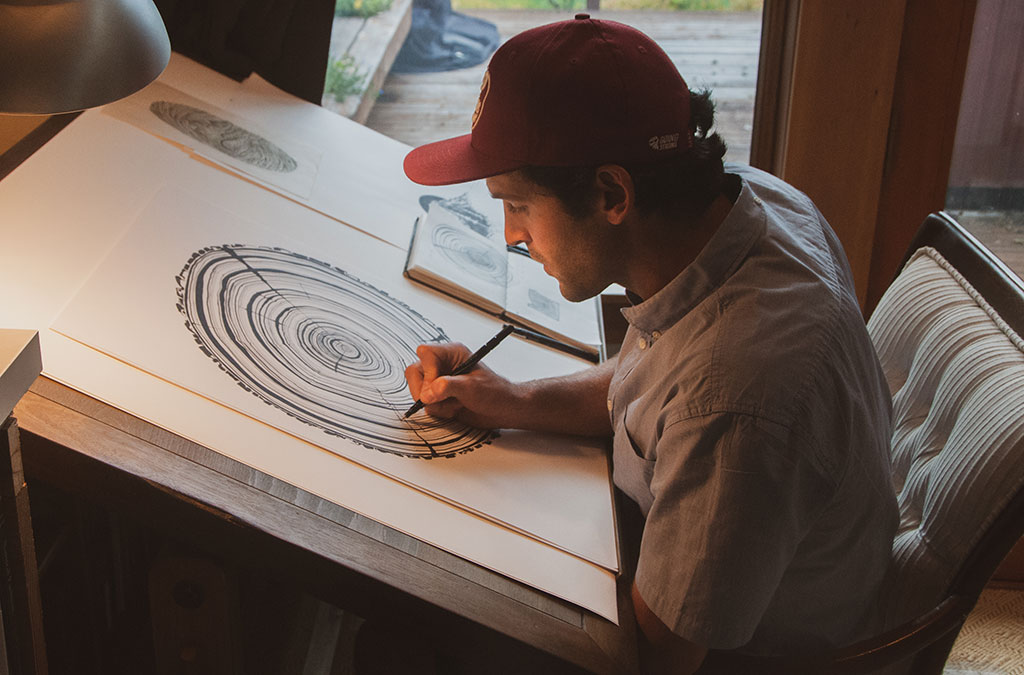

―Where does that inspiration come from?
Eric: I think it's the different materials around me.
Even the little things in life. But mostly surfing and snowboarding. Most of what I've done comes from what I've experienced. For example, in the case of surfing, when you carve a turn on a wave, you might think, "Oh, what a nice feeling, isn't it possible to realize this feeling that you can get from a surfboard with skis?" From the simple feel of a turn to the complex slash of a spin, I was wondering if I could bring these things into skiing. We take inspiration from snowboarding, surfing, skateboarding, and other sports and apply it to product design and actual skating.
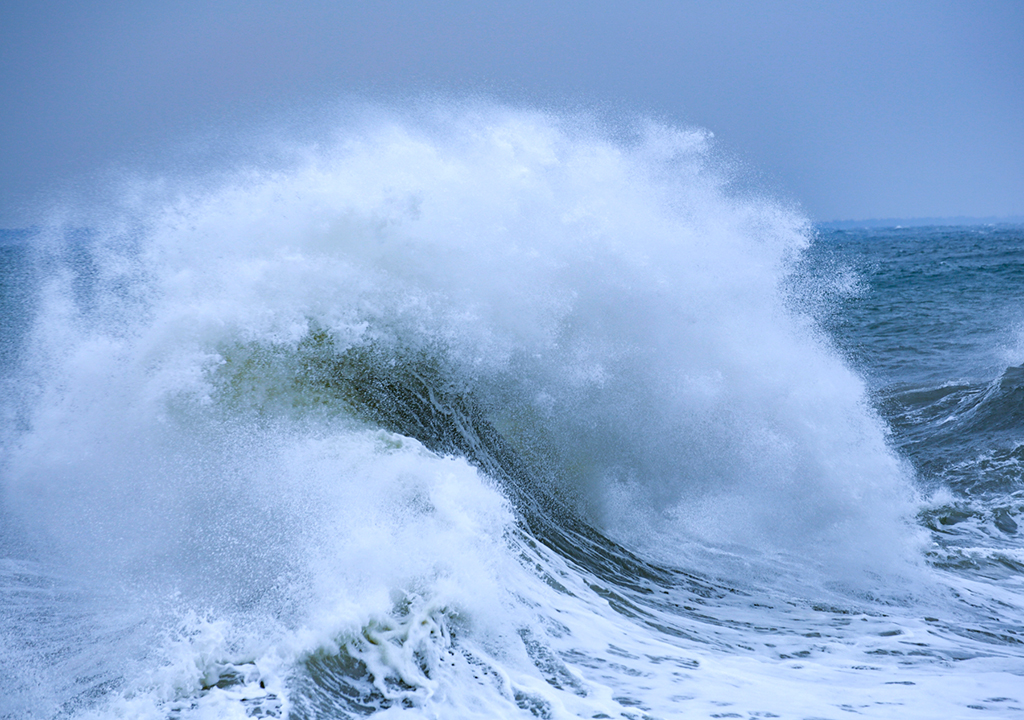
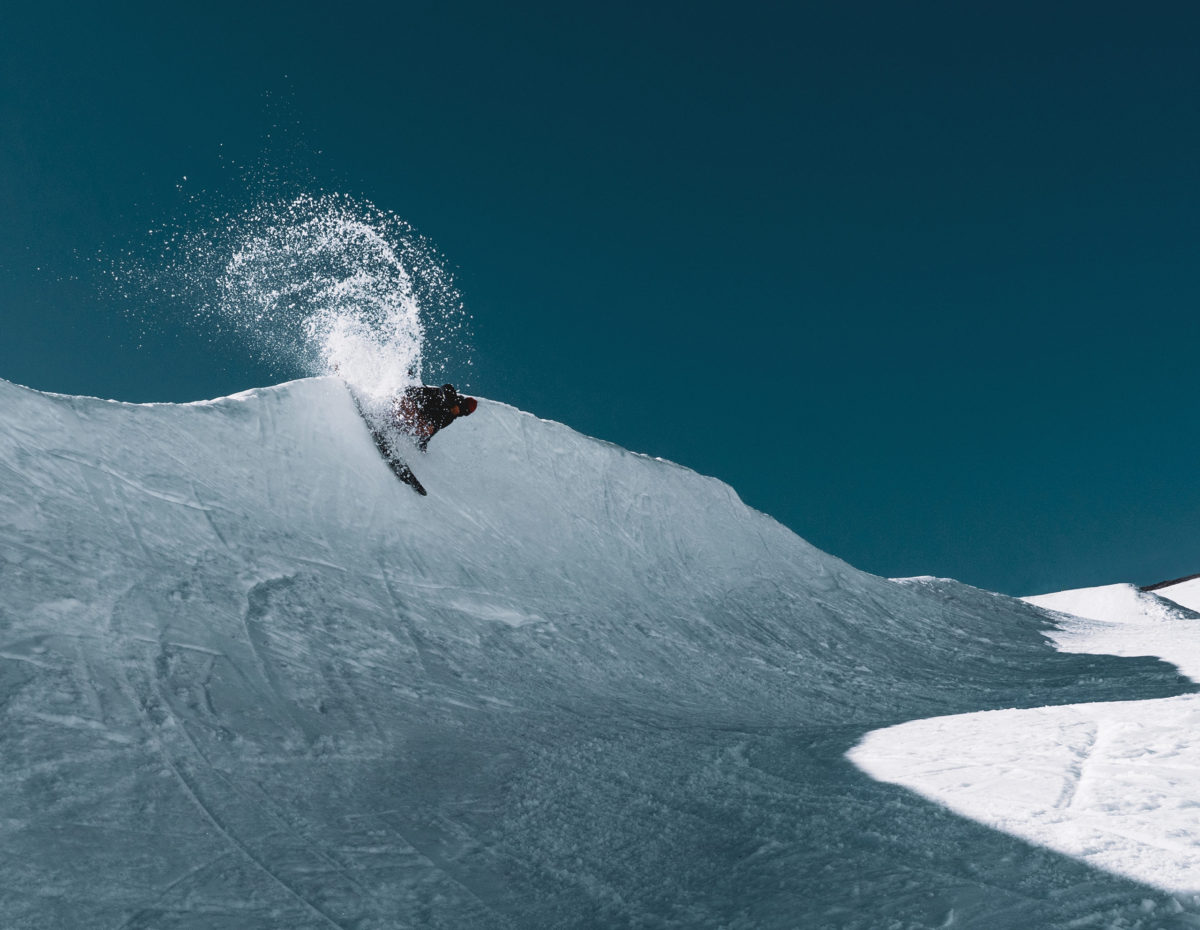
When it comes to graphics, it comes from anywhere. Wherever I go, I take in colors, shapes, cultures, and anything that interests me. It becomes art and is output.
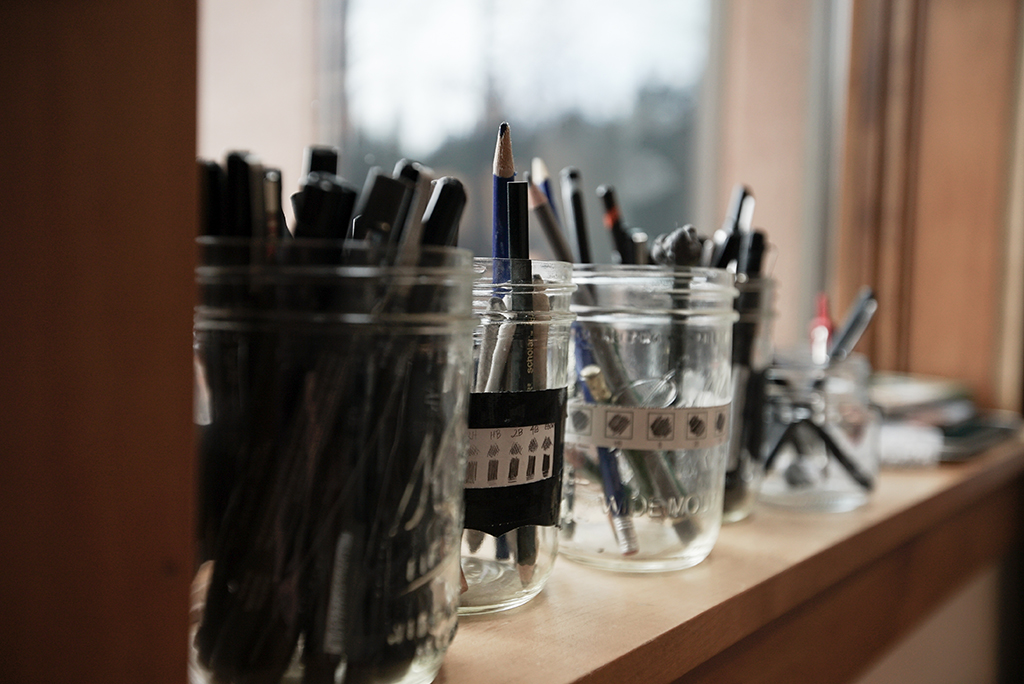
i wanted to change my life
―How did the Season project change Eric's life?
Eric: Season... hmm, that's a really interesting question.
Because Season changed my life too, too much. I wanted to change my life One of the reasons I started Season is because I wanted to live in a different way from my life up until now. I can't travel like I used to with my family. I travel a lot less for filming. When I travel, I spend as much time as possible with my family, but I want to cherish spending more time with my family. I started thinking about how I could make that happen, and I thought, okay, let's do filming instead of skating as a rider, edit instead of filming, spend less time in the mountains, and do art and design instead. , gradually shifted like that.
And I figured out, okay, I can do it this way, I can redesign my life, make it different.
I wanted to stay behind the scenes and not be the lead vocalist singing on the front stage, even though I wanted to stay in this snow community. I've been on the front line as a rider for a long, long time. From now on, I want to capture the shining appearance of skiers and snowboarders on the front stage with film and photography, and I want to express and convey the splendor of this sport as a creator. I got tired.
Yes, my life has really changed. My life has changed from running around with suitcases and ski bags most of the day to days where I can calmly do creative work in my office. Relaxing at home with my family, going to the mountains with my kids, going skiing with my dad and friends, and going snowboarding with my local friends like before, it's really nice. i'm so happy
I really loved what I did and was proud of it.
But the time has come when I have to step away from my career as a professional athlete.
LINE has been a wonderful teamwork for a long time, and we have been able to do a very good job. rice field. Because I really loved LINE. But it wasn't just what I wanted to do, to stay as a front-line athlete in LINE. Because I've always wanted to support the back side of the scene with my passion.
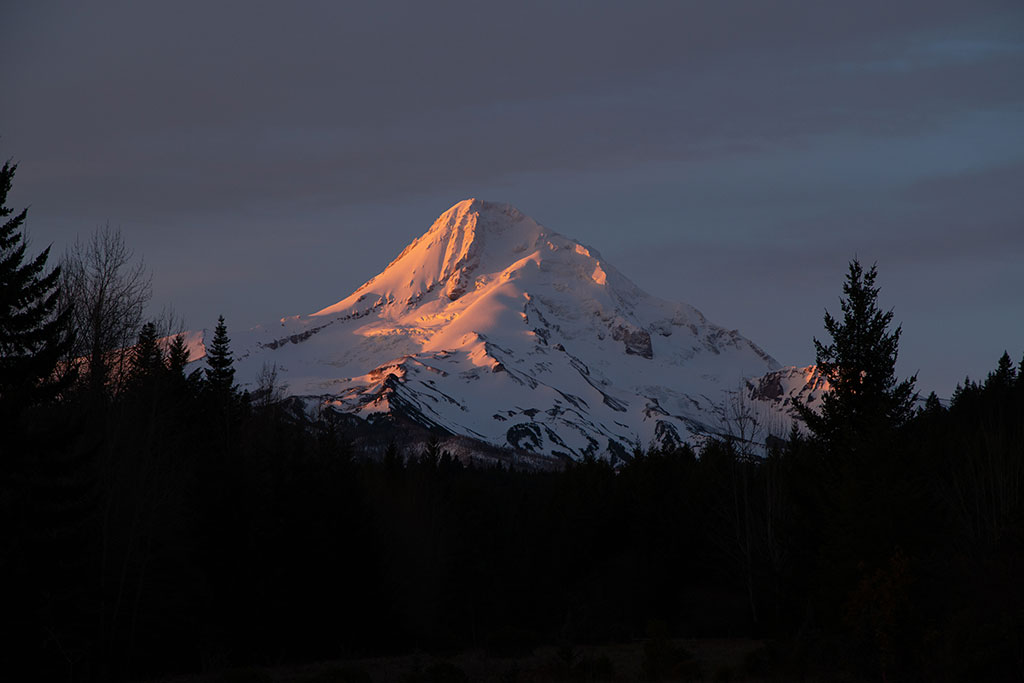
Ideas that have evolved too much
I've been thinking about this project for a very long time.
As you know I really love skiing, snowboarding and mountain culture. I was born and raised in the mountains of Oregon and was raised by the mountains. I believe that everything I have gained so far, all the experiences and opportunities that have been given to me, have come from the mountains. So I really wanted to return that gratitude. But if you look around the industry, there are so many people, all doing the same thing. Crowded with all the same ideas.
I think my ideas evolved from those stereotypes. For example, the film elements I invented were new at first. But then it got popular, and it felt like people were using the rules they found in my films.
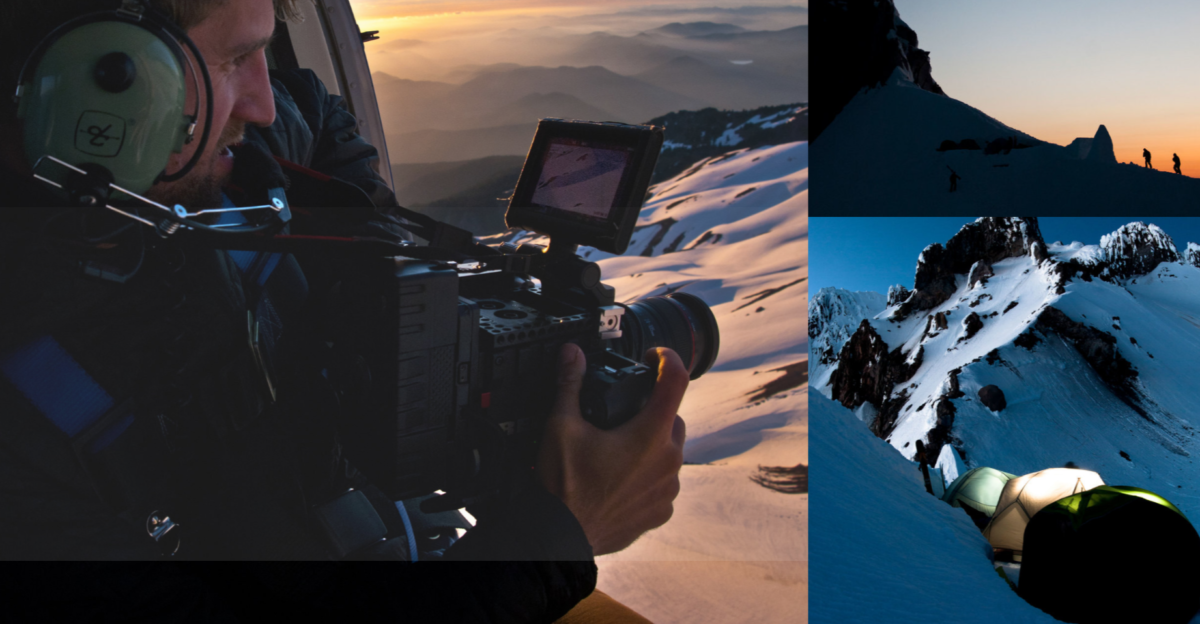
―Nimbus Independent , which was established in 2007 .
Eric: The idea is that cinema is a visual language that communicates people's perspectives with the world.
Also, the skis I designed were so radical that people probably didn't like them, some people said bad things about them. You can't land from a cliff with such wide skis. But it was enough But five years later, a lot of the skis are just as wide.
So did the graphics for the skis I came to. Until then, all the skis were the same, but they expanded with different graphics, shapes, designs, and concepts. I've used untouched spaces and various materials.
Once a fresh idea that springs up from me becomes "new", people around me immediately do the same thing, and when I look around, it's all the same. All skis have the same graphics, all films look the same, all ski shapes look the same. Goggles, helmets, clothing all became the same.
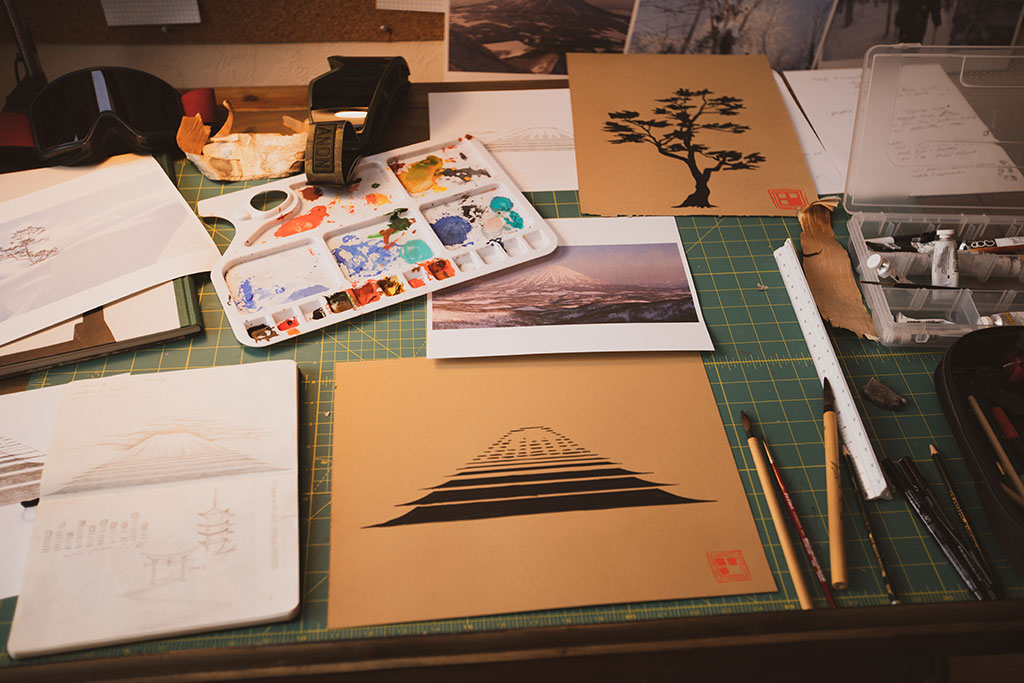
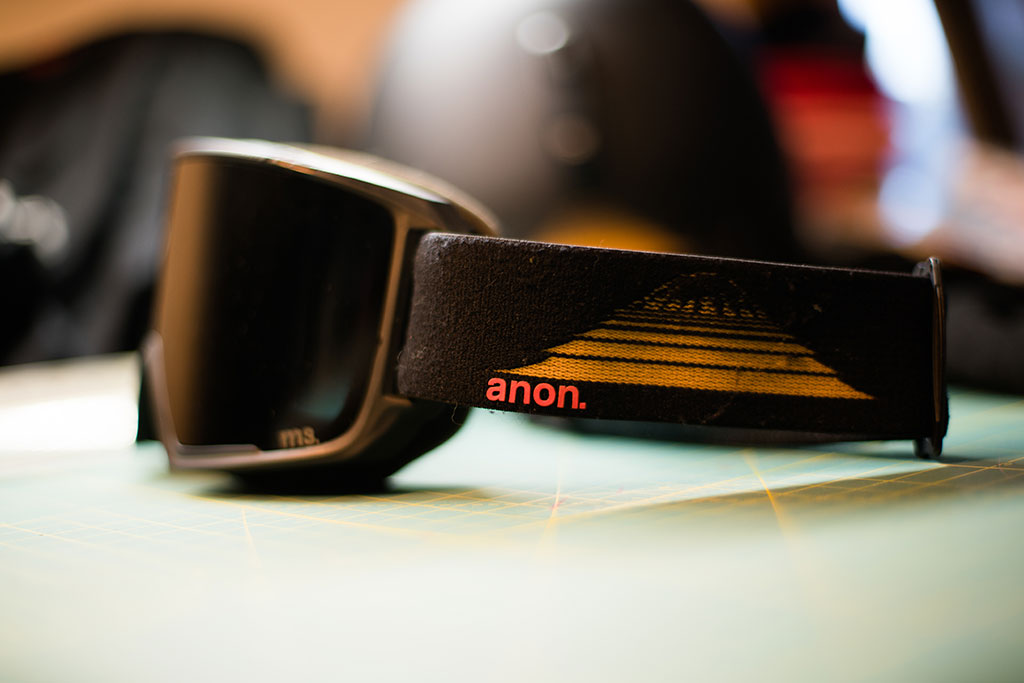
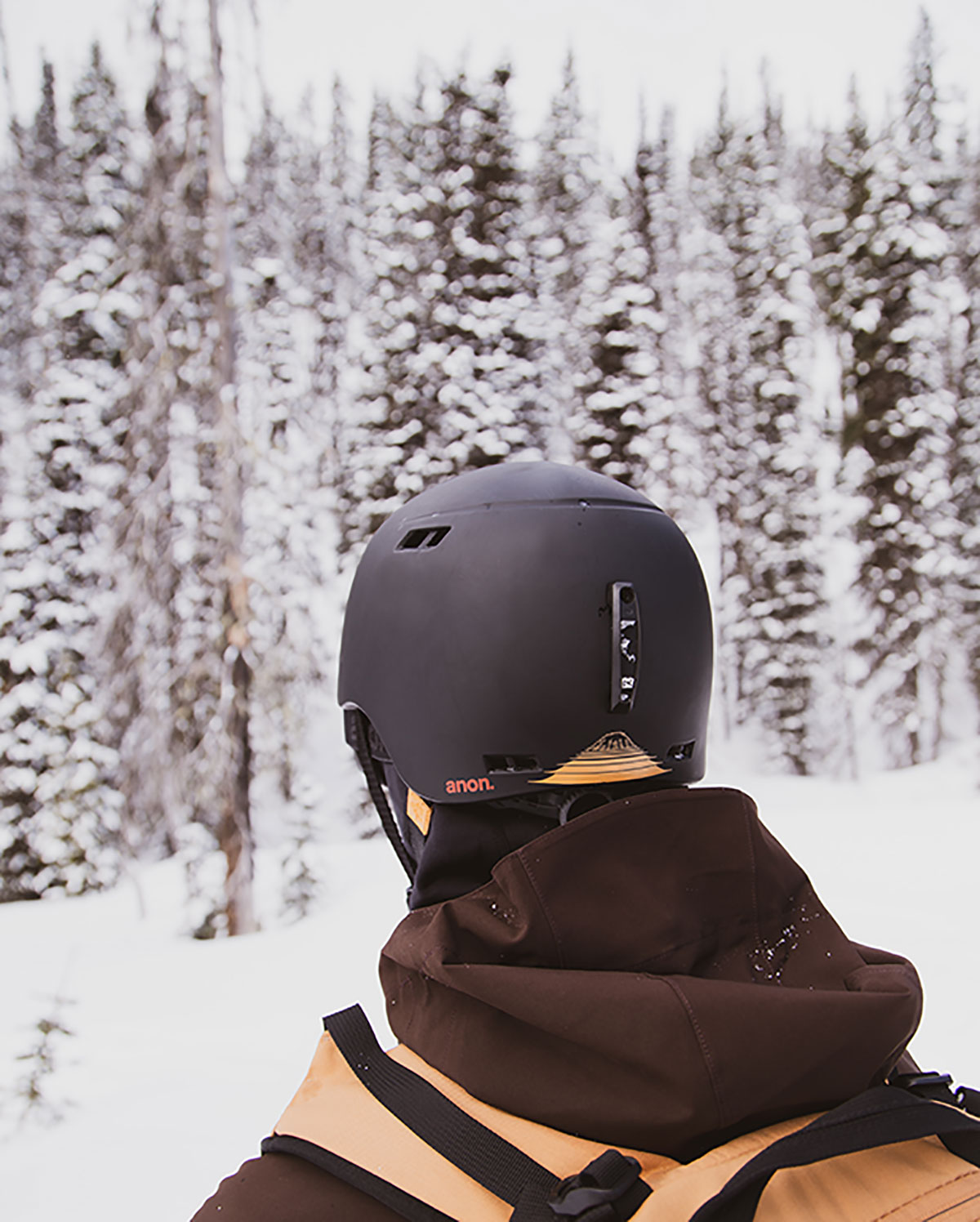
New ideas and proposals are copied and worn out.
But I realized that I had popularized a concept that had taken root in the market. I'm proud of that, because I knew they had their origins.
Still, it was painful in a way that something very special to me, something that could be called sacred, was taken in by the surroundings and used as a market gimmick. I don't want to do that anymore. I want to do things that make me feel different. So I really wanted to change everything. I wanted to bring something new to the snow industry.
A big reason for starting Season.
A big reason why I started Season. is because I wanted to refresh the industry and community that had become so entrenched.
That's why Season. proposes that skiing and snowboarding be combined first to change things. It's never happened before. Synchronizing skiing and snowboarding is the most radical thing. It was something no one had done. Yes, this space was an untouched field. It was really hard to figure out how to integrate the two. It's my first attempt, so I have to do well. It required determination and ideas.
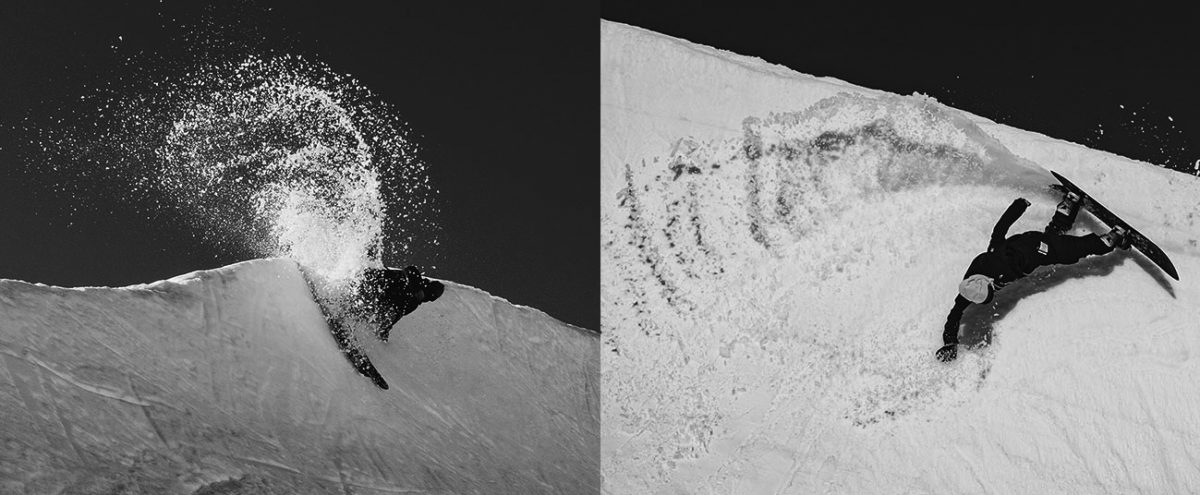
Second, I knew the market space was already super crowded and saturated. I believed this could be made simpler. Every ski/snowboard company has 40 or so models, typical and very conservative. If there are a lot of numbers, it's only natural that it will sell. But that gives users too many choices. It's too much.
We have 3 models. To be honest, it was very difficult to distinguish between the three. If you're not good at it, even three will look alike. 40 is overkill no matter how you think about it. Even though it's an important product, the creators can't talk about it enough, and the users won't take care of it. So we wanted to keep things simple and minimal. Because the less you have, the more you can say and the more you can bring.
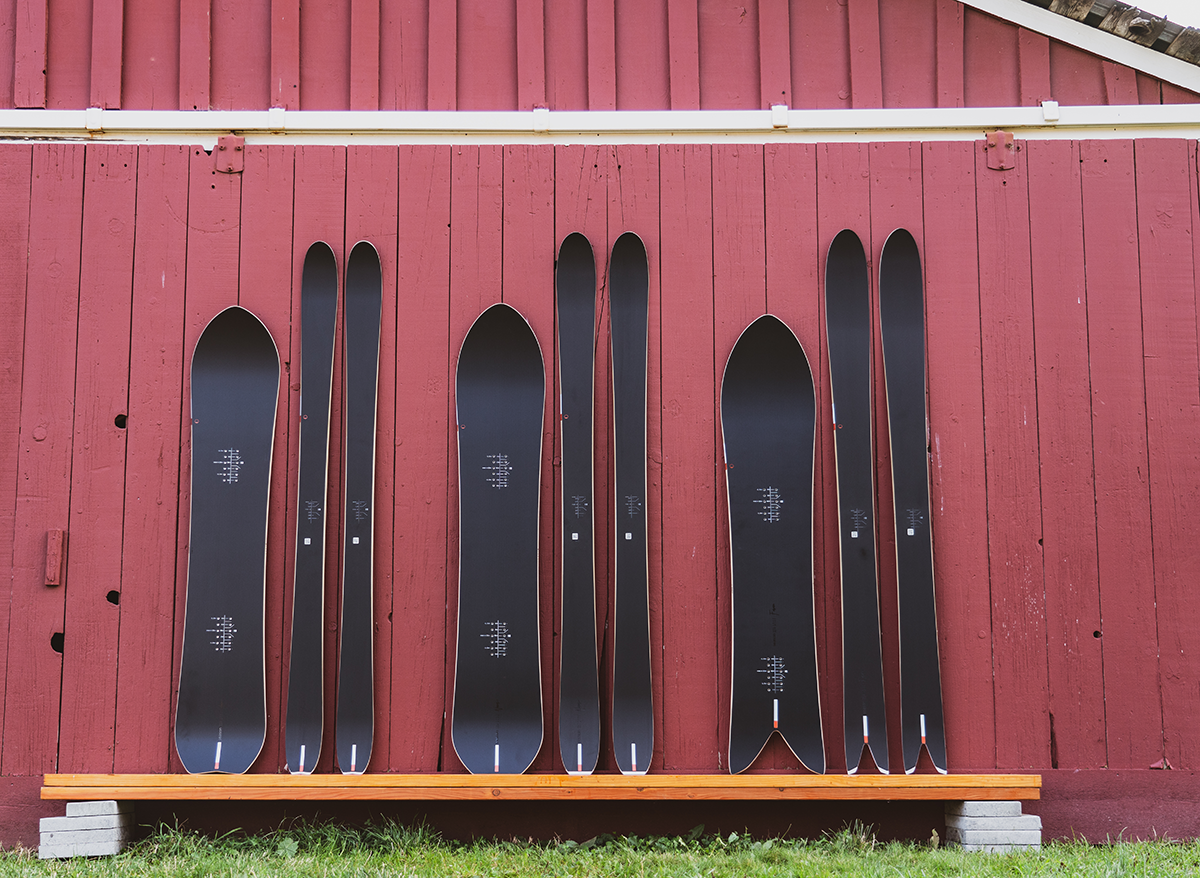
Ultimately, we really wanted to encourage users to stick with our products for a long time. The most meaningful contribution we can make to the environment as snow mountain lovers is not to sell new skis and new graphics every year. Not only that, but I want you to use it for as long as possible after that,” I thought.
Sustainability should be emphasized.
The reason I started Season. is to bring those ideas to the industry as well.
- That's what it means to have 3 models! Respect for the natural environment.
Eric: Yes.
We wanted to spread the idea in a way that could be called authentic. I could have brought a new technology and put it on for marketing and put it on like, "Look! New product! We can make the world a better place!" But really, skis are just fiberglass, plastic and glue. I think the best thing we can do is to use environmentally friendly manufacturing methods to create long-lasting products using materials that have little negative impact on the environment, and to encourage users to take care of them and use them for a long time. In the United States, through partnerships with companies that take care of gear such as skis, we take care of users' products so that they can be used for a long time. It's still difficult to offer this service internationally, but I'll try it someday.
Special thanks to Eric Pollard, All photos by Eric Pollard
Listener: Chise Nakagawa (CAST)
Interview Recording: May 25, 2021
Click here for <Part 2>
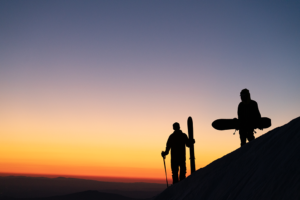
Interviewer/Editor
Tomoyo NakagawaAt Chise Nakagawa
University, she belonged to the ski club of the Athletic Association and devoted herself to alpine competitions. He later became involved in the production of snowboarding magazines at Yamato Keikokusha, and traveled overseas, including Alaska, Northern Europe, and Europe. In 1999, he partnered with USA's "FREEZE" to launch the free ski magazine "Generation-X". He was running around the world chasing X-Games and filmmaking. He was based in the USA and worked with the LINE team, and has been friends with Eric Pollard since Eric debuted on LINE at the age of 15. He has been away from the front lines of the ski industry for a while, but he is back on the scene with 'STEEP'.

